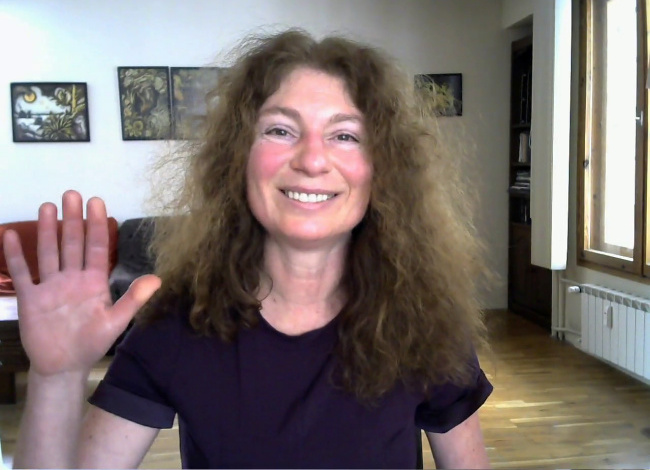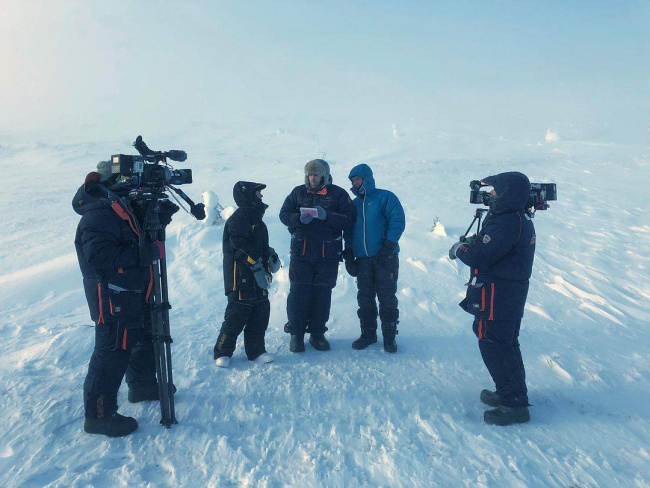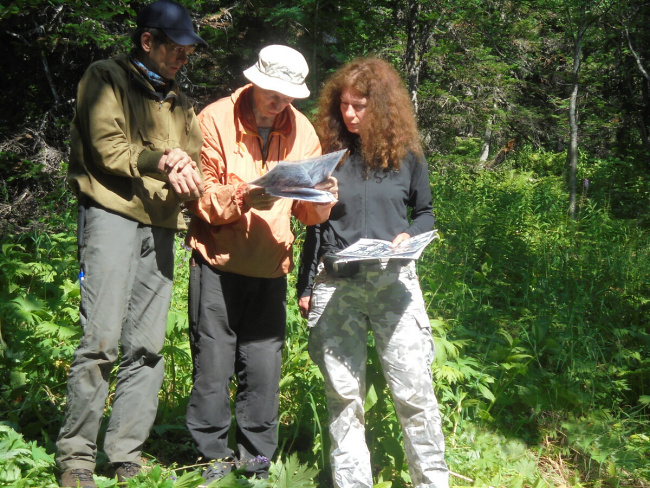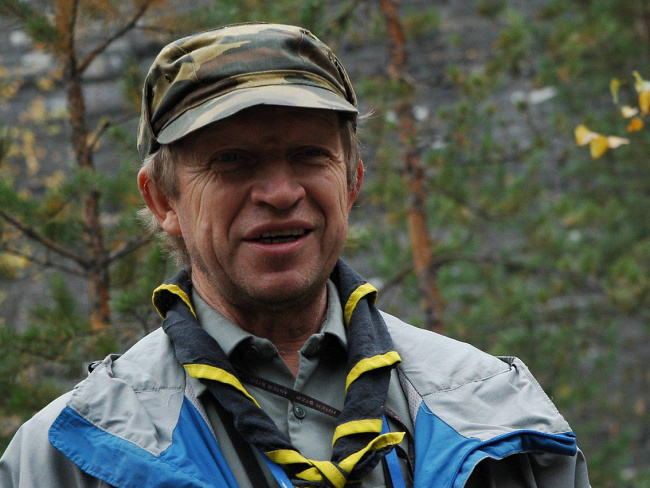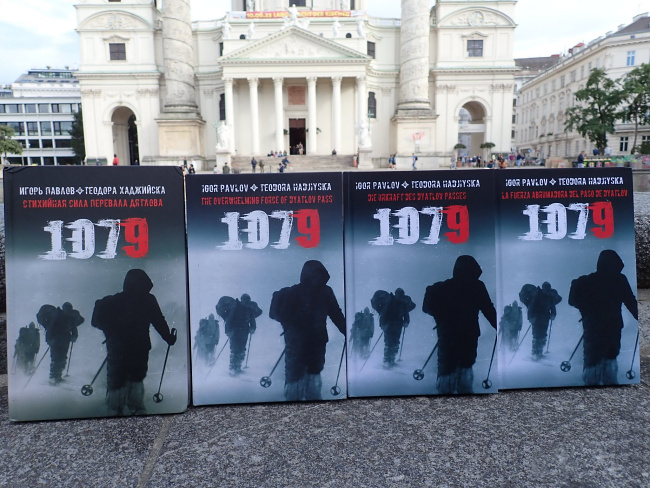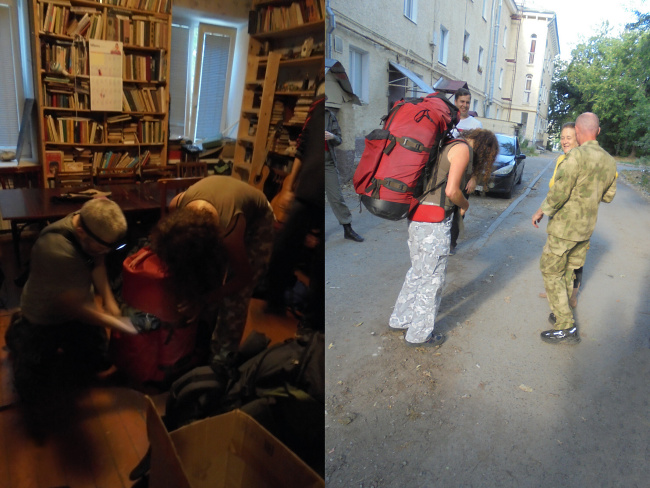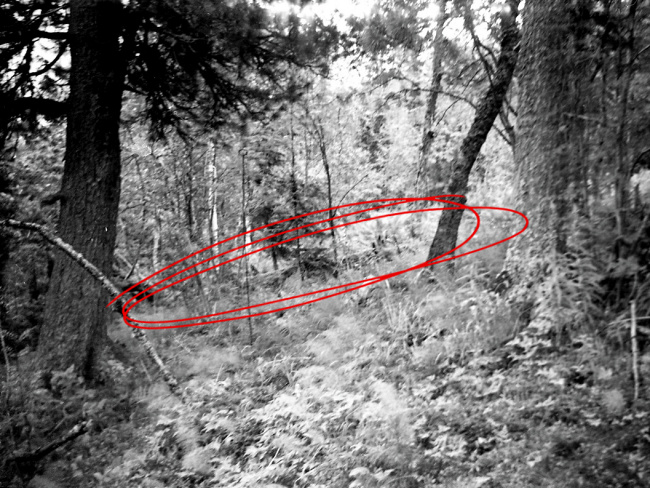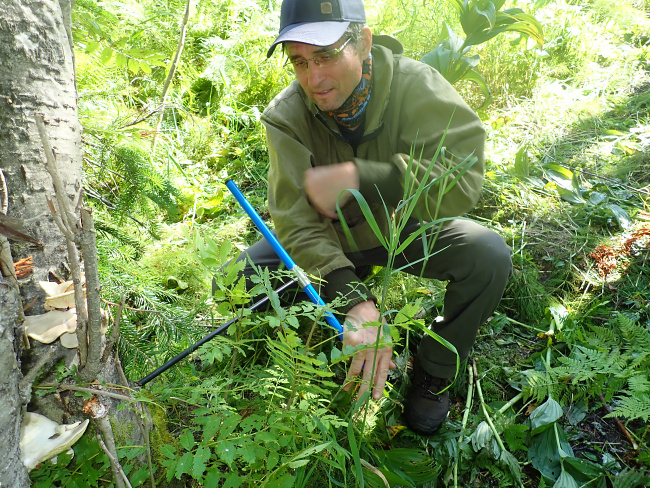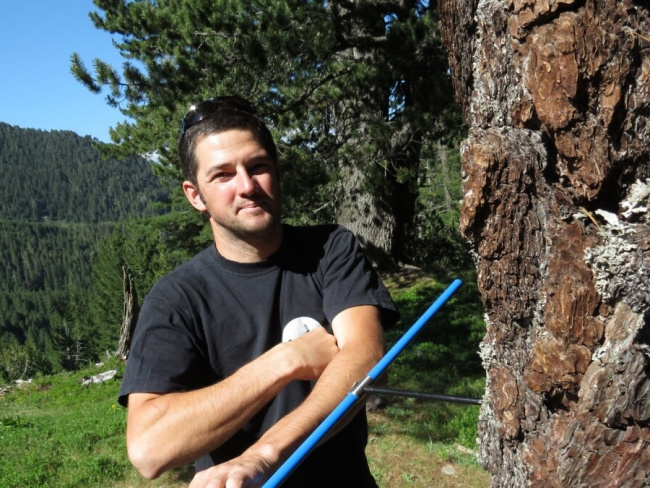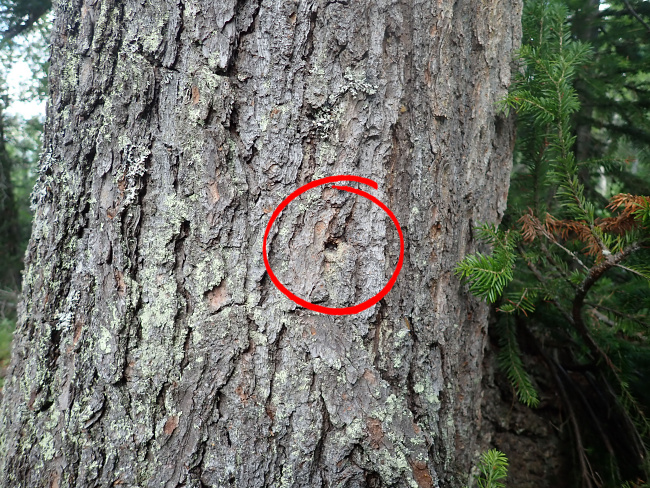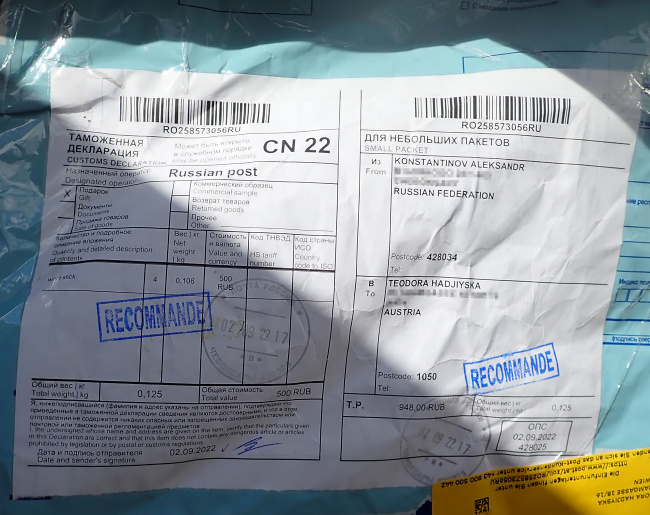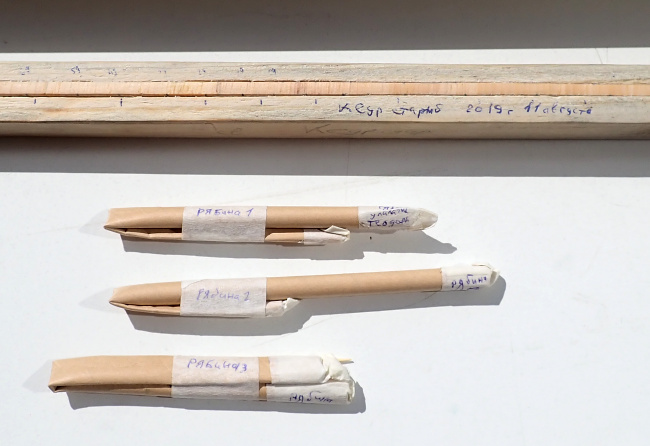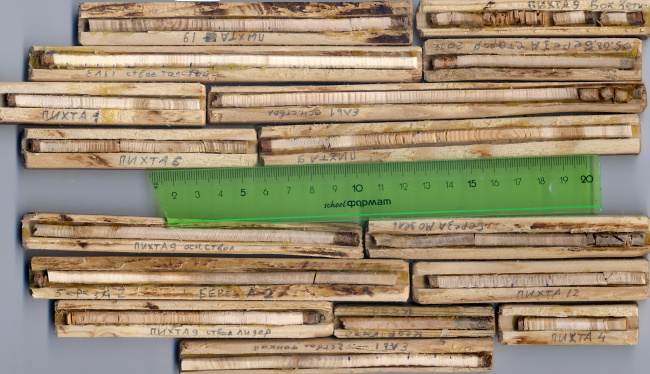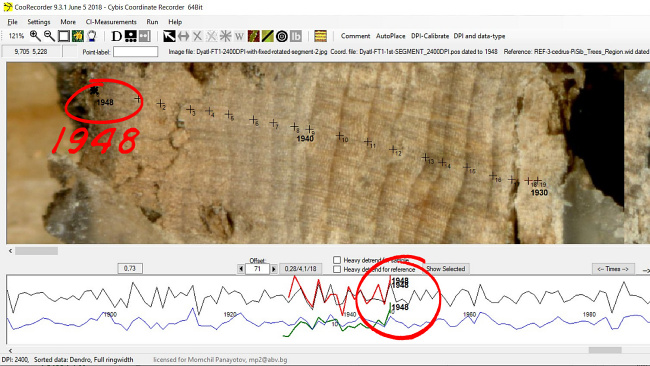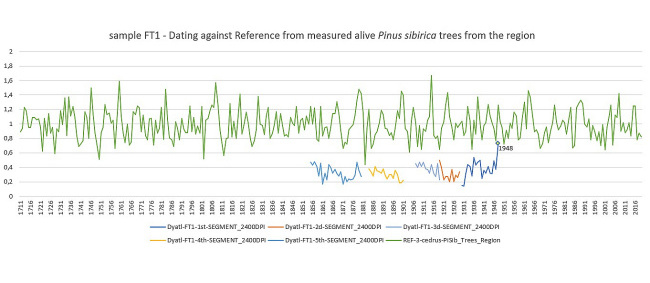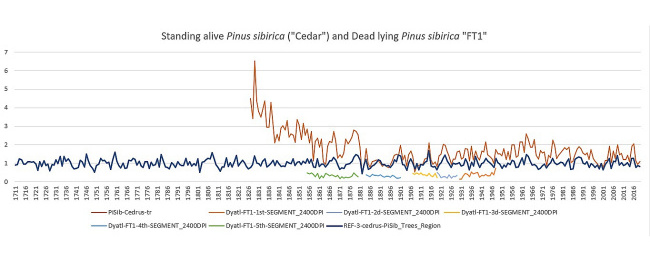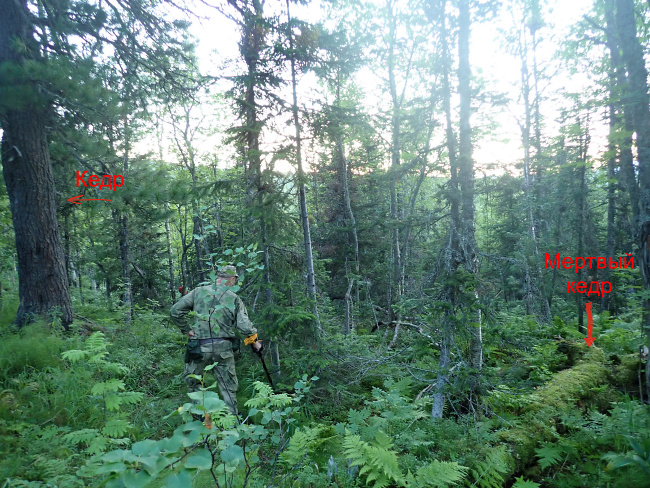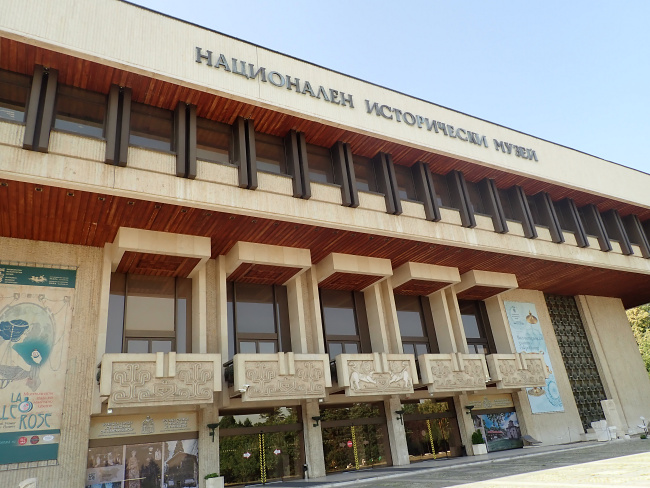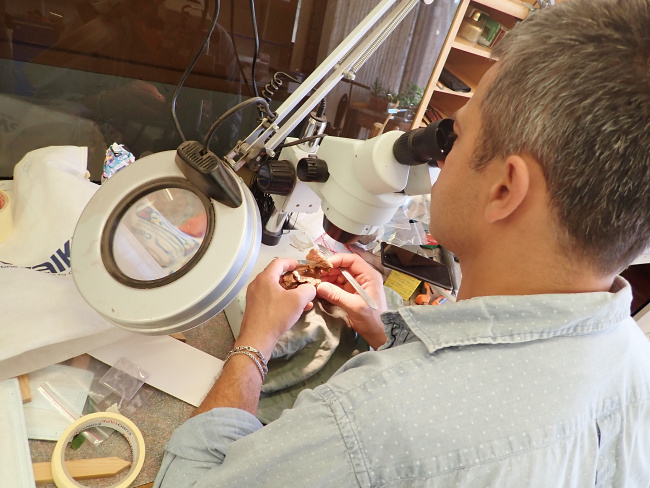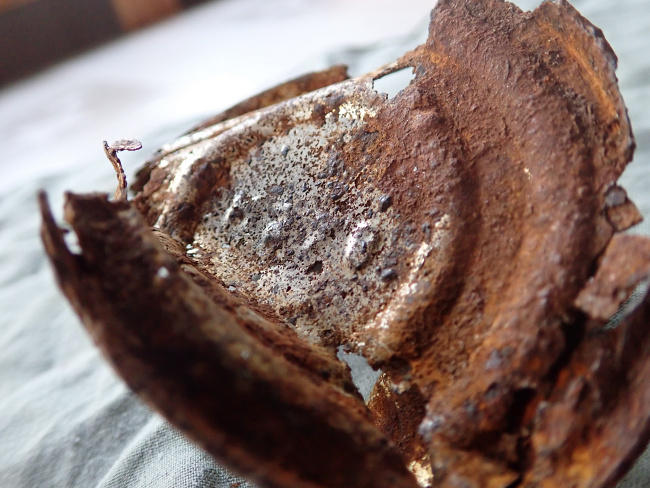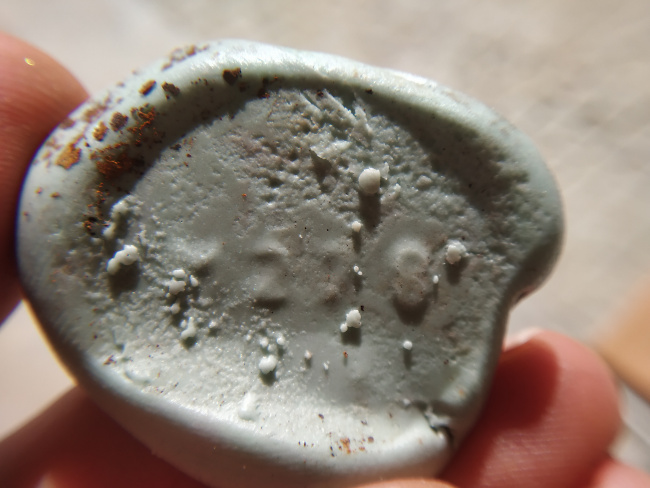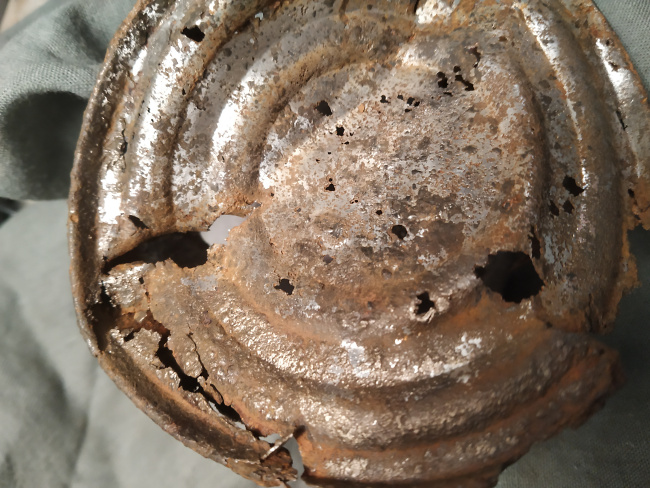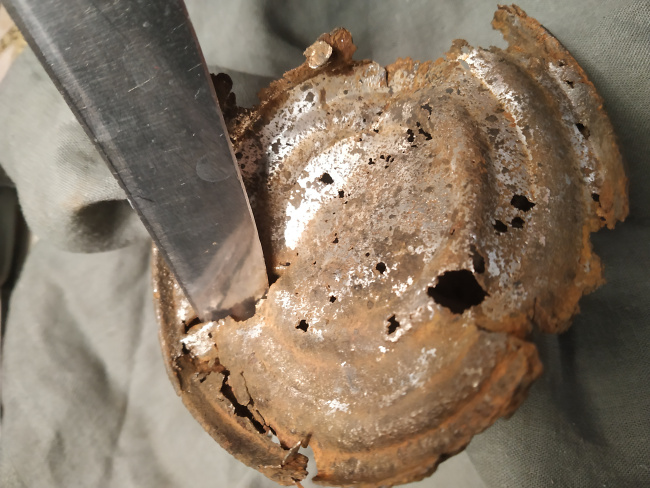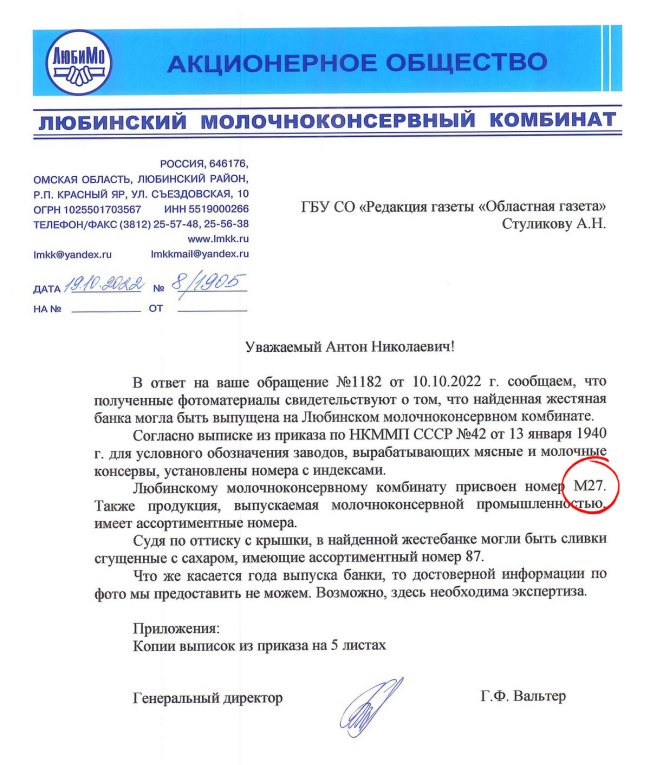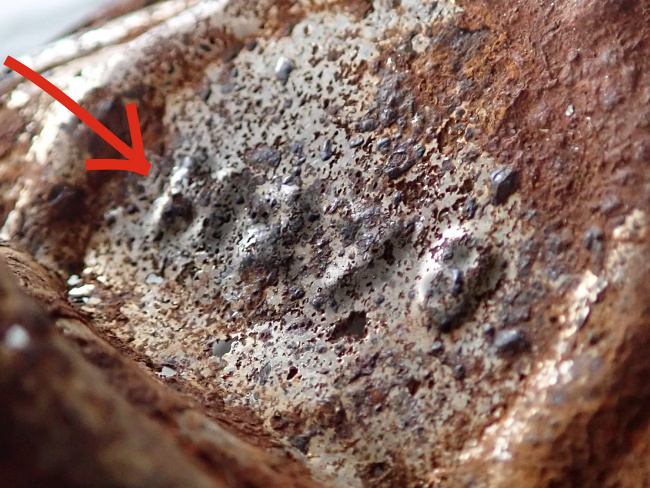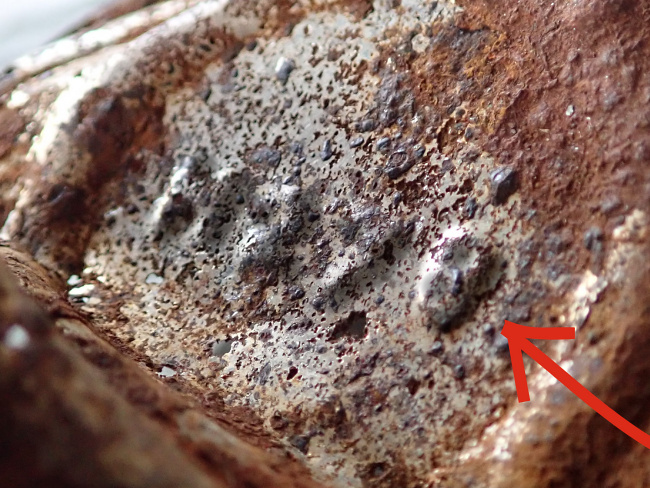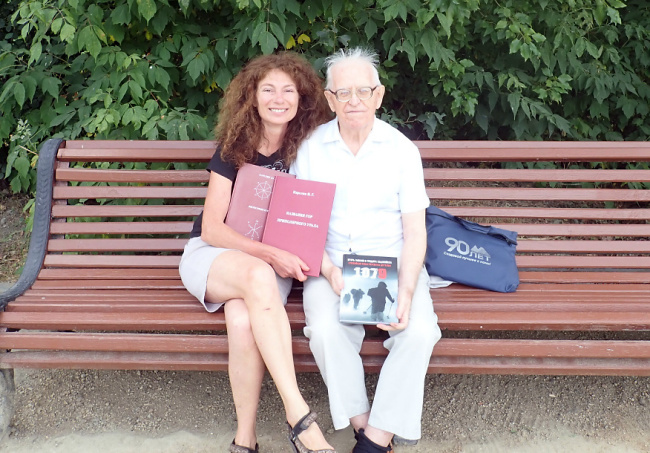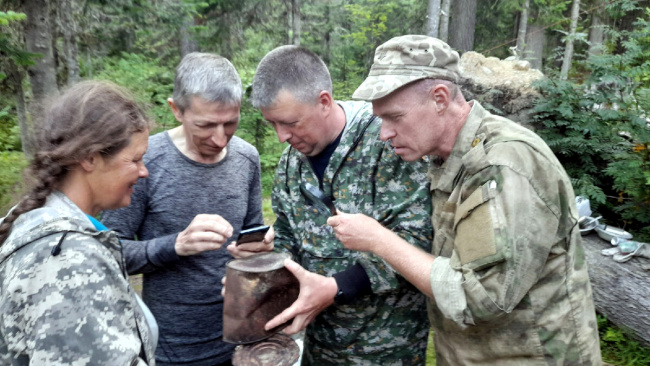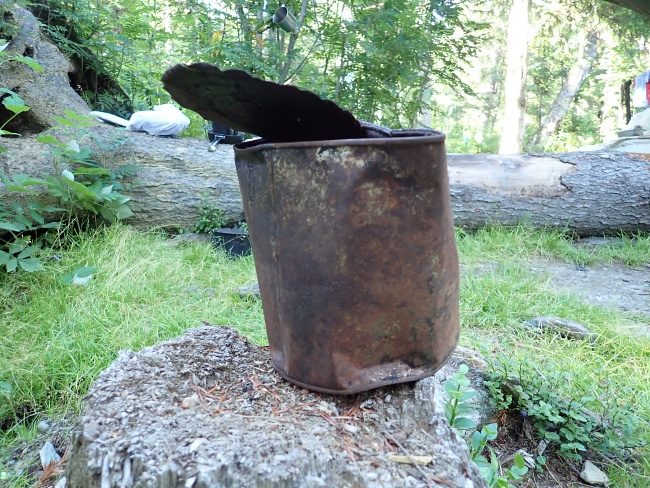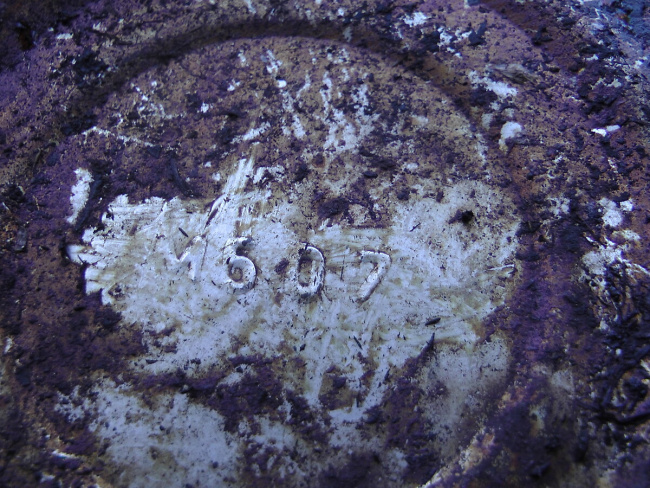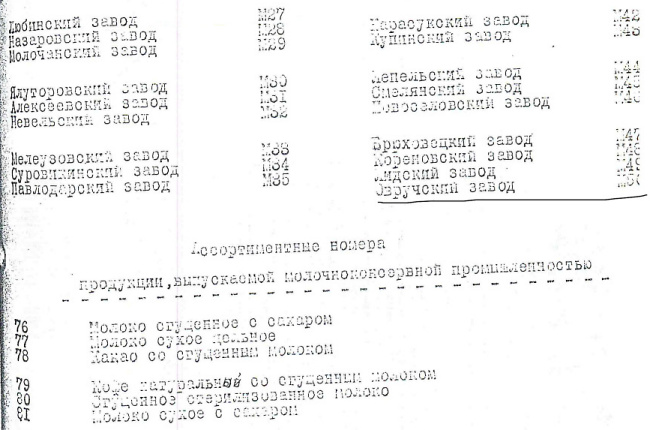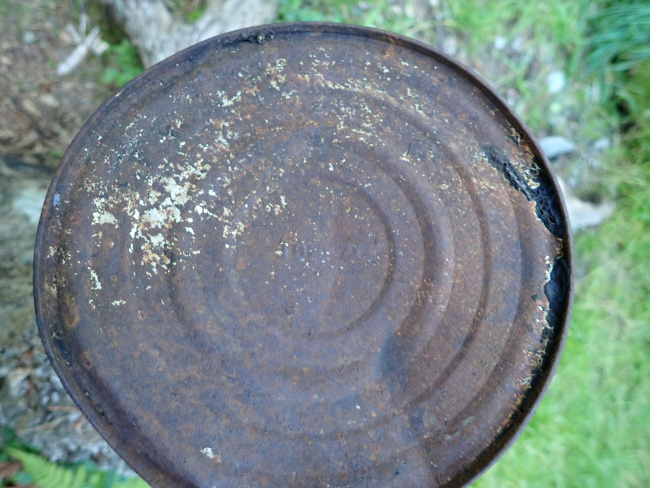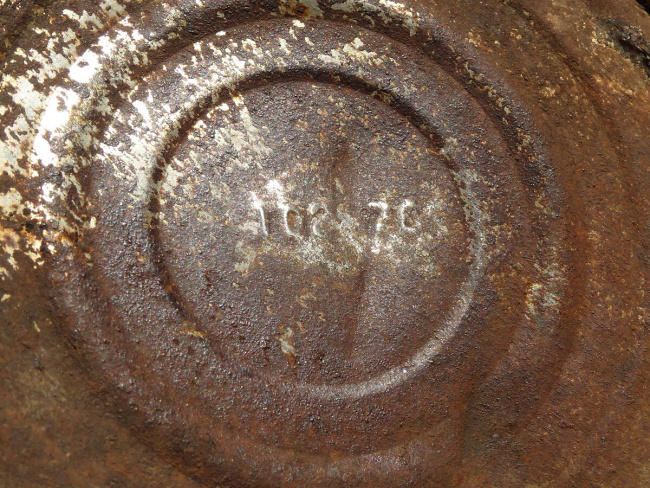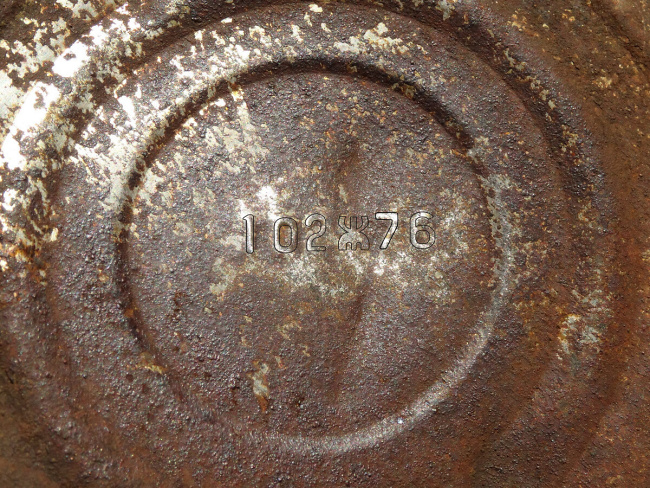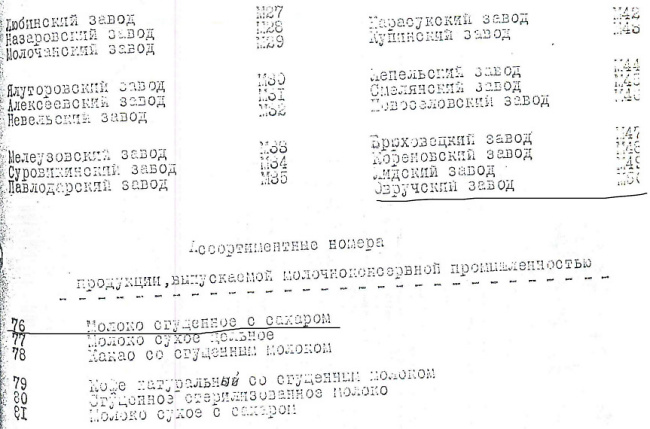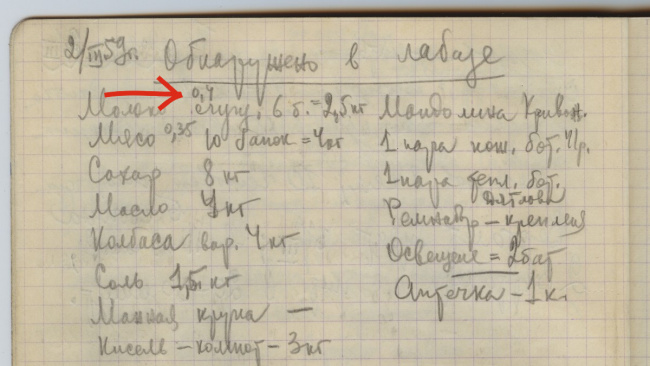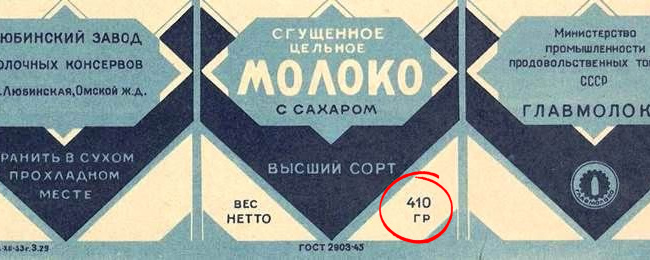
64 years conference Yekaterinburg
Hello everyone I want to tell you about the expedition 2022 under the leadership of Komanov he calles himself Korolev, and Evgeniy aka KUK This was the first expedition without Kuntsevich. I have been to the pass twice. First time Discovery invited me as an expert in 2019 and this is last year. Both times were miracles for me. The first time because the Americans invited me and the second time the Russians gave me a visa. Well the first time we shooting a movie and there the problems were different.
Only the second time for me was real expedition. And I did not know what to expect.
Between the two expeditions my co-author Igor Pavlov died.
45 days later Yuri Kuntsevich passed away.
Then I published a book in four languages.
Why am I telling you all this, to explain me set of mind when I went to the pass. I didn't know what to expect, didn't know anyone, wanted to meet people with whom to continue to work and communicate after everyone I knew passed away.
I was completely unprepared Couldn't fit in my backpack after Evgeniy gave me mine part of the provisions. Here Sergey Kopytov lended me his backpack from the 50s, very big and uncomfortable for me.
Later, at the station, Koskin said to me aside: "In the expedition there are many different people, be careful."
I immediately thought of Graham Phillips and remembered how he left the expedition (in 2021)I was afraid of Shamil and then we bonded so well. For example, one morning I was sleeping outside because our tent with KUK was not a leveled ground that night. In the morning something disturbed me and I not fully awake I said: "Shamil, wash your teeth!" and then it turned out that a dog was licking my face.
This is how close we became with everyone in this expedition.
Back to the issue at hand. According to Igor and my theory, the Dyatlov group tent was in the area of the cedar and a tree fell on top, killed them, and some went up to seek help.
When we approached the cedar, I began to look for a fallen tree and Shura Alekseenkov showed me this tree. This is not Shura in the photo this is Oleg Taymen but the photo of the tree is good.
Shura wrote in his diary on November 11, 2016: "Good morning weather. Fallen cedar (see Yakimenko's photo from 1963) is literally 5 meters away from the fire. Even now quite preserved and raised above the ground."
This fallen tree is on many diagrams for example, these are finds near the cedar according to Voskoboynikov.
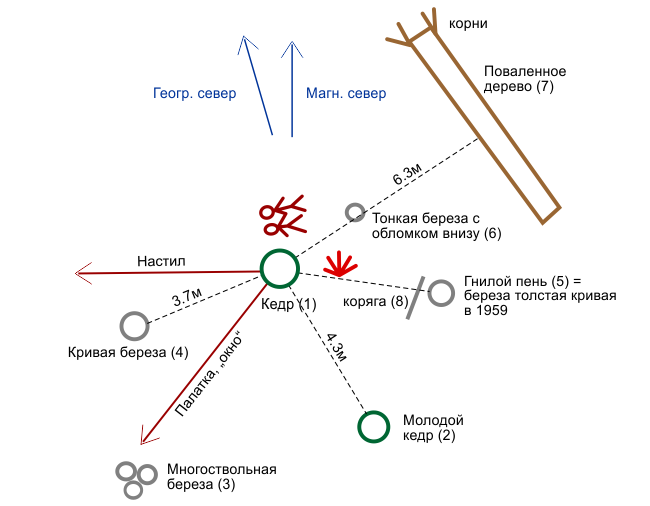
At my request, Sasha Konstantinov took cores from a fallen tree and three mountain ashes near the cedar. I wanted to know if they were big enough in 1959 to hang a tent on them. If you remember I said at the begining that I didn't know anyone of these people or their plans and that someone brought increment borer was a surprise to me.
And another mountain ash was cut down and I wanted to know when it happened. It is located 5 meters from the cedar.
After the expedition, I contacted Associate Professor Momchil Panayotov, member of the Dendrology department of University of Forestry in Sofia.
He is also the chairman of the Bulgarian Extreme and Freeride Ski Association He is an expert on avalanche safety.
I learned the following from him: "The Ural region in general the region of Russia and especially Siberia is important for dendrochronology because it has a concentration old preserved trees. Trees there keep the temperature signal well in the summer i.e. how the temperature has changed over the centuries and these trees are used to study climates in general in past centuries. Now in the context of climate change is very important to know how it was hundreds sometimes thousands of years ago." In a word, trees in Siberia are very well preserved, and if this tree were in my country, it would have rotted away by now. And it is also very important that there are many trees of the same type, if possible, to compare with samples and cores.
The core taken in 2019 healed all is well. So I knew that he had a core from the old cedar. Now the hole is filled with resin.
When Sasha returned from the expedition agreed to mail me the core from the cedar.
We are talking about the cedar itself. No words can express my gratitude. Please note that the date on the core is exactly two years to the date of Kuntsevich's death.
I gave the expert five cores...
and Sasha sent information about many more trees in the area which, with his permission, I will publish on the site.
Conclusions from the expert: "The last ring that can be seen dates back to 1948. The tree could have died few years later, and since it laid on the ground for 70 years a thin layer on the outside could have rotted. Cedar grows slowly and the rings are very narrow at one centimeter or less maybe 5 to 10 years. This is erosion of the wood. Also, since cedar is a very durable tree it can die and still stay upright for many years. I am confident that there are some rotten rings i.e. the tree died somewhere after 1948 and fell then or later."
The cores of mountain ashes show that something happened to them exactly in 1959. Chopped or sawed, their rings sharply change. The tree hardly care about making rings because all reserves were used for restoration of the crown and branches. All this and video with an expert will be published on the website after the conference.
Bottom line is that we don't need a continuous core to be able to tell changes in the tree's life. If there is a good enough piece with enough rings to compare with other trees in the region, and teh event that we are interested in happens to be recorder on this piece, then we are in luck.
On this graph can be seen the live and dead cedar. You see how there are only fragments from the dead cedar, but he can still tell us what happened.
Then it will be interesting to find the two birches Maslennikov writes about. This is case file 69: "Not far from the cedar there were two birch trees with deep cuts as if someone had tried to cut them off."
It will also be interesting to find geologists camp site because now we know what we can determine when the trees were cut down and if geologists were near the cedar or the pass will be very strange why they they didn't say anything in 1959. Igor and I believe that the explosions Syunikaev recalls are not from the military, but from the geologists.
And now for the second surprise.
There are not one but two guys with metal detectors walking around me (Garrett Ace 150 и Garrett Ace 400i). I said let's look under the cedar.
At 10 meters 80 centimeters from the cedar 28 cm deep under roots we found the the bottom of a tin can.
I turned to an expert from Bulgarian national historical museum.
His name is Yoan Donev.
He cleaned it and made a silicone mold and it became clear that the stamp reads M278.
He also confirmed that the holes had been made by a knife - one for drinking, and the other for air.
With the help of a researcher Enson, we found GOST standards that narrow the numbers and letters could only mean:
"М" is the Ministry of Meat and Dairy Industry
"27" is the factory number, and
"8" is the last digit of the year of manufacture.
Enson found that 27 is very likely the Lyubinskiy Molochnokonservnyy Kombinat. The day Komanyov returned from the expedition he gave an interview and talked about the can. The Oblastnaya Gazeta published an article with subtitle "Canned Time" because it is a can that tells a story about past time. And I had this idea to ask the journalist who wrote the article, Ekaterina Hozhateleva to reach out to the Lyubinskiy Molochnokonservnyy Kombinat and ask if they can say something about the can what year they made it. I thought it would be more likely that the plant would answer them.
She received a letter from the chief director of the plant where it says that this is their can from sweetened condensed milk and that's it.
I got the contact from Ekaterina and wrote to them again. When there was no answer I called they told me that the woman with whom the journalist corresponded no longer works at the plant she gpr sick and nobody checks her email. I sent my ideas to her boss. This was two months ago.
Lyubinskiy Molochnokonservnyy Kombinat opened in 1939. This means that the bank cannot be from 38. According to GOST, the date adopted the format day, month and year all together only in 1979. And next to the plant code was the assortment code. And so our bank can be made in 1948-58-68 or 78. 1948 is unlikely.
As a designer, I have ideas concerning the font:
Other dairy plants use a font with the letter M in the middle dropping to the very bottom where in the LMKK (ЛМКК) the middle of the M stops higher.

Take a look at a can from another dairy plant.
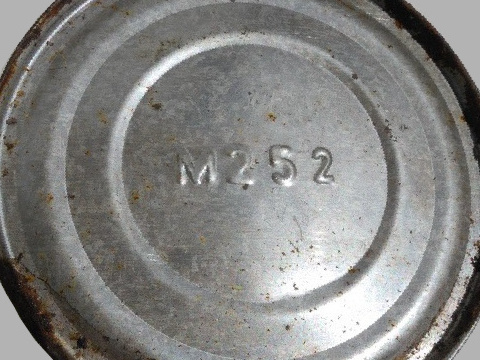
And here is the Lyubinskiy Kombinat stamp.
In the Lyubinskiy Kombinat the figure eight is turned upside down vertically.
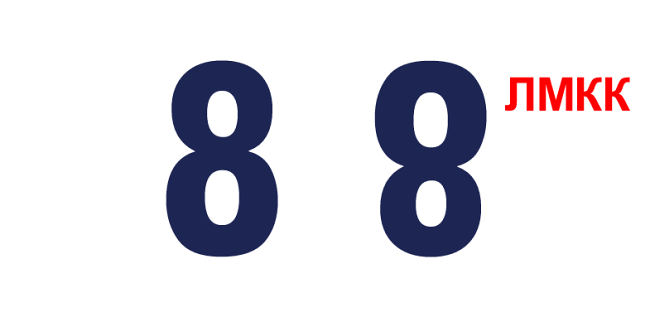
This is clearly visible in this photo. The specialist noticed it and even thought that the stamp is reversed.
After the expedition I met with Vladislav Karelin who took part in the search in 1959. You all know him. I showed him the tin can and asked if it could have been left by the searchers. Karelin is a very rational man. He didn't go into how much they respected life and in how much distress the finding of their friends and colleagues bodies put them at the time. He simply explained that it is impossible for this can to have been left by the searchers because the discipline of how the food was prepared and consumed was very strict. They were given breakfast, worked all day, and then returned for dinner. No one but the person on duty had access to supplies, and you don't mess with the provisions on an expedition organized by top level. One more argument, if someone goes demented a decides to steal a can of condensed milk and eat it, would he do this right where everyone is working and looking for more bodies? The cedar was the epicenter of the search.
Shura Alekseenkov found a can from a condensed milk att the sercahers camp. That one is from the Ovruchskiy Molochno-konservniy kombinat which opened its doors in 1949 and according to GOST this can could be from 57, 67 or 77. The diameter of the lid on that can is 15 centimeters two times more than the can of condensed milk we found at the cedar. The expiration for condensed milk is one year. Shura said that the can was covered in grease, and Enson - that it was definitely a military one. For civilian cans no one would greese it, it was quickly used. Also there is no sense to greese it for a shelf life of one year. And laying a state reserve for just a year is also stupid.
The bottom line is that the cans brought by the hikers were smaller in size. Here is written weight 400 grams. The condensed milk Dyatlov group brought must be made in 1958, Chernishev whose spring camp was already on the side of the cedar, in general, could have used condensed milk made in 1957 military issue. The big can I showed you from condensed milk Shura found on the other side of the mountain where the searchers camped in the winter.
In conclusion, if we can prove that the can of condensed milk we found under the cedar is made in 1958 it is most definitelly left by the Dyatlov group. I can tell if it's the can is from 1958 if I see photos of Lyubinskiy Kombinat cans from condensed milk made in 1968 and 1978 because 1948 is very unlikely. If someone can help with this it will make me very happy. Please help me find condensed milk made by the Lyubinskiy Kombinat in 1968 and 1978.
After we returned with an expedition, I saw what Vladimir Askinadzi replied when he was asked what does he think about the condensed milk he wrote: "I flew away from pass on May 10 and the last ones flew away on May 13. Who drank the condensed milk I wouldn't know. Isn't it boring to investigate such a trifle, and even involve foreigners?" I think that he is talking about me I am a foreigner. Now I am friends with Vladimir Mihaylovich, we communicate very well. He calls my letters swallow. I think I grew on him after he wrote this.
In the end, I want to say that foreigners they come to the pass to shoot a movie, write a book, and they close the door. When we returned from the cedar with the can Shamil told me that mine was either beginners or fools luck. And I agreed that I am both. But I'm here to stay and really want us to get to know each other. My name is Teodora Hadjiyska and I am here to stay. Very nice to meet all of you. See you soon!
